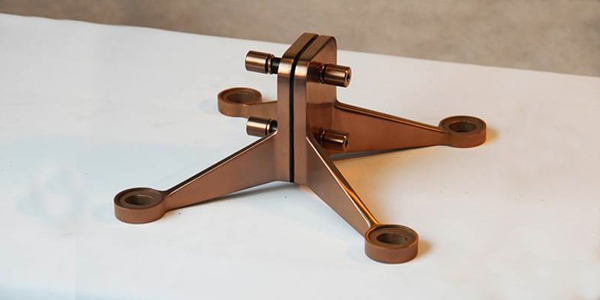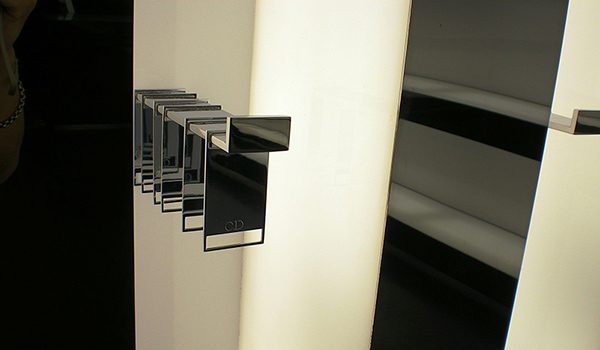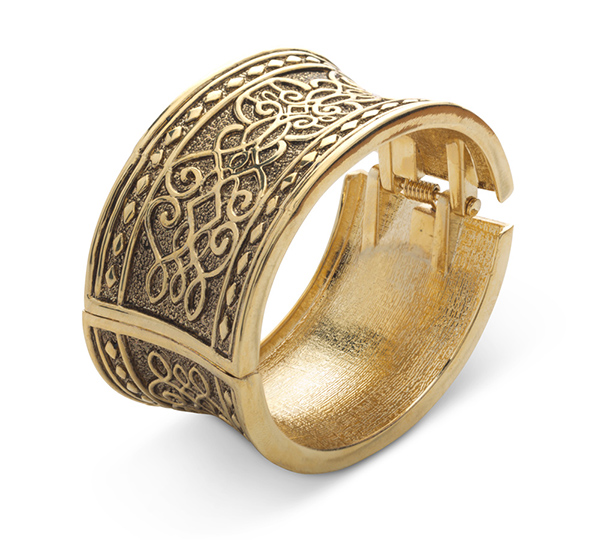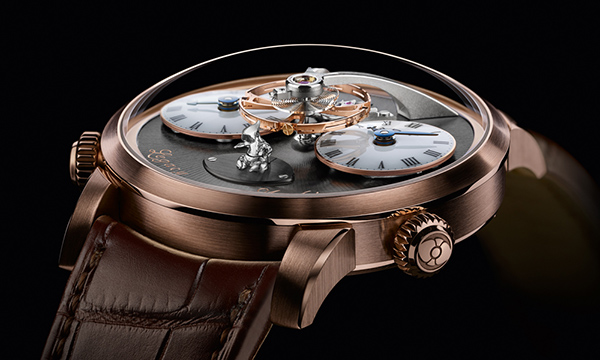PVD coated stainless steel is still very new in the UK. We give a broader picture of PVD coatings and explain some of the technical aspects of the process.
Thin PVD coatings are typically deposited to give, often metal products, extra strength as well as aesthetic appeal. Almost any material can be PVD coated, but the most typical examples are using the process for stainless steel or titanium. Other materials include: chrome plated brass and all other steels.
The list of coating materials used in the PVD process include:
– TIN: titanium nitride – the first PVD hard coating to be introduced in the 1980s.
– TiCN: titanium carbon nitride; this is achieved by adding carbon to a TiN film which increases the hardness by nearly 80 per cent. TiCN is an excellent all-purpose coating, but does particularly well in the injection moulding and for increasing the life of cutting tools.
– Titanium aluminium nitride (TiAlN) or aluminium titanium nitride (AlTiN) offer oxidation resistance and can be used as a cutting tool coating and on medical components.

– ZrN: zirconium nitride. This is often used for engine valves that will operate in corrosive environments and is usually a shiny gold colour. This is known as the lifetime finish and has a hardness of 2800 Vickers or HRc-80.
– DLC (Diamond Like Carbon is Amorphous Carbon with a structure similar to diamond) is known for its super strength.
– SIOX (Silicon Oxide) can be applied on a large amount of substrates such as metals, alloys and plastics. The deposition which forms on the substrate greatly improves the properties of the product and doesn’t alter the roughness or brightness. The PVD coating is effective as it makes the coatings functional and appealing to the eye at the same time.
Examples of the best wear resistant, low friction coatings are Graphit-iC, a carbon-based coating that can be used in fluids and has particularly high load-bearing capacity.
These new low friction coatings offer many advantages over previous similar coatings because of their bonding, hardness, wear resistance and load-bearing capability.
MoST (composed of sulphur and molybdenum based thin film coatings) has been used by NASA for many years. The MoST (trademarked) coating is a “state of the art” PVD solid lubricant low friction coating based on a substance called molybdenum disulphide that offers high resistance to when used for abrasive wear and tear in load-bearing applications. In addition the MoST coating offers an ultra low friction much lower than that the well-known Teflon or graphite with a hardness of 1500-2000 Hv.
Ceramic coatings:- Hard materials suitable for thin film ceramic coatings are usually carbides, nitrides, borides and silicides. Ceramic coatings are formed by introducing nitrogen, hydrocarbon, or silicide during the sputtering process.
PVD coatings have been proven in repeated tests to bond the best to chrome plated materials and stainless steel. Some materials are not electroplated and the PVD coating in that case is applied directly to the substrate material (Titanium alloys and Graphite). Provided the material is thoroughly chrome plated with a nickel/chromium almost any material can be PVD coated.

PVD coated coloured stainless steel retail fixtures for Christian Dior by Double Stone Steel
Depending on the evaporated metal (target) and the mixture of reactive gases used during the PVD deposition process, a rainbow of different colours can be produced which can be particularly useful in design and household items and decorative interiors on aircraft, boats and shopping malls. Some shiny shades, for example, brass tones, gold, black to grey, nickel, chrome, and bronze tones are used in the watch and jewellery industries.

Ion Clad Plating and Rare Earth Ceramics expanding ring
The PVD technique is also widely applied in optics such as spectacles and sun glasses, and sensor technology. Glass and polymer are coated with layers for uses such as lamps and new reflective technology to improve the efficiency on light fittings/strips by up to 25 per cent in some cases.

The Legacy Machine No.1 Xia Hang, the product of a collaboration between Maximilian Büsser and Xia Hang